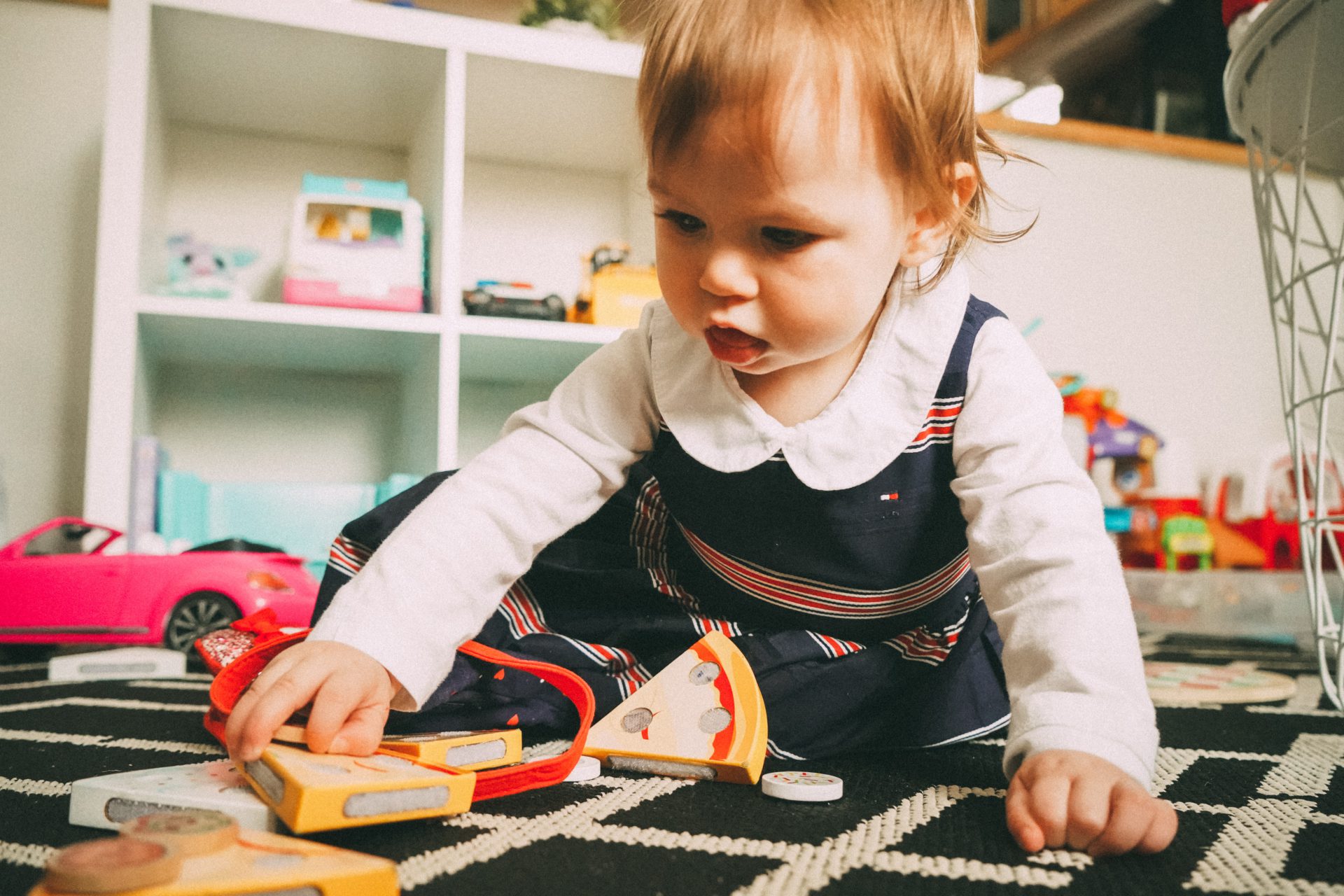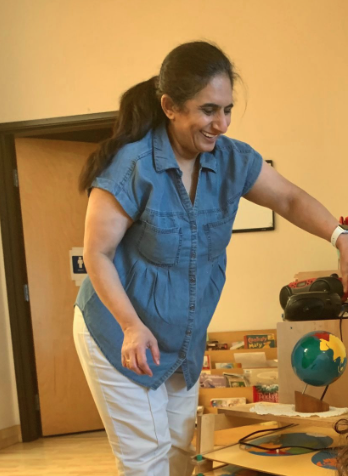
What Is The Best Time To Send an Infant to Daycare?
Wondering what is the best time to send an infant to daycare? The critical question isn’t just about selecting the right daycare center but understanding when it’s the right time for your child to embark on this new journey. Many parents are conflicted about sending their young ones to daycare, especially when it comes to deciding the perfect age.
Determining What is The Best Time To Send an Infant to Daycare
Contrary to popular belief, there isn’t a one-size-fits-all answer. A prevalent notion suggests introducing infants to daycare around the age of 12 months, as many child development experts pinpoint separation anxiety peaking at 9 months. However, it’s imperative to remember that every child’s journey is unique, based on temperament and environmental adaptation. Hence, a standardized age might not necessarily work for every child.
The Advantages of Early Infant Daycare Admission
Recent findings from the National Institute of Health illuminate a connection between early enrollment in high-quality daycare and sustained academic success, even into the teenage years. So instead of pondering if early daycare is right, maybe the focus should shift towards spotting signs indicating your child’s readiness.
Signs of Independence in Your Child
Children might not always communicate effectively through words, but their actions speak volumes. Some key indicators of independence include:
- Walking without assistance
- Engaging with peers without constant monitoring
- Recognizing cause-and-effect relationships, like dropping a toy
- Trying to articulate needs beyond crying
- Choosing and wearing clothes without assistance
- Expressing creativity through drawing or block-playing
Ideal Duration at Daycare
Extended periods in daycare can sometimes heighten stress in children under 36 months, reflected through increased cortisol levels. However, a gradual introduction, especially with parental presence in the initial days, can alleviate this stress. The key lies in recognizing your child’s emotional threshold.
Routine Adaptability
Younger children typically don’t differentiate between day and night, leading to an erratic routine. Introducing anchors, like fixed meal times or specific play hours, can instill a sense of routine, preparing them for the structured environment of a daycare.
Prior Experience Staying Away from Home
Before enrolling in daycare, it’s beneficial if the child has spent time away from home, even if it’s just an overnight stay at a relative’s house. It can ease the transition and help them adapt to separations better.
Child’s Curiosity Level
A child’s inquisitiveness can also be a sign of readiness. If they are showing an increased interest in books, shapes, or are spending extended periods playing and exploring, it might be a hint that they’re ready to learn more in a structured environment like a daycare.
The Objective of Infant Daycare
Beyond just play, daycare should be an avenue for holistic growth, focusing on creativity, independence, and social development. This is embodied in centers with dedicated professionals specialized in early education, like the American Montessori Campus, where the emphasis is on shaping well-rounded individuals.
In conclusion, the daycare decision is multifaceted. It’s not merely about age but recognizing signs of readiness in your child. With the right approach and understanding, this transition can become a positive and enriching experience for both parent and child.
